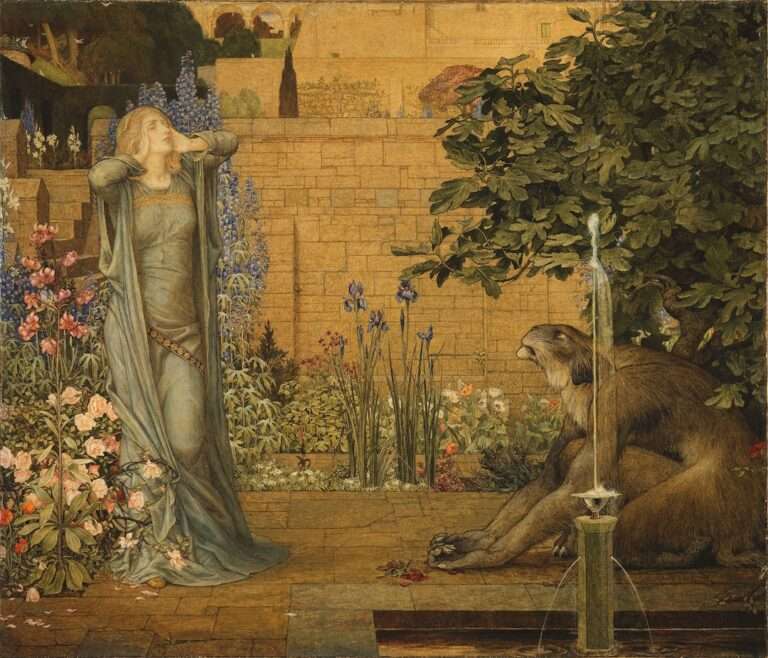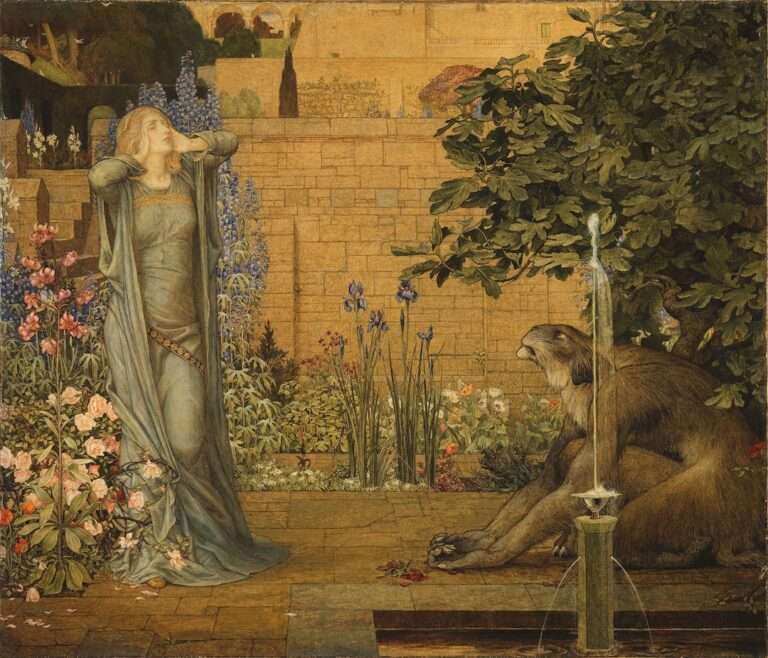The Power of Crimson: Symbolism and Significance

Red is a color that has captivated people for centuries. It is a color that is associated with a range of emotions and meanings. In this blog post, we will explore the historical, cultural, and psychological significance of the color red.
The Historical and Cultural Significance of Red Across the World
Red has played an important role in many cultures throughout history. In ancient Egypt, red was associated with life and vitality. It was believed to have protective qualities and was often used in amulets and jewelry. In China, red is a symbol of good luck and prosperity. It is often used in celebrations and festivals, such as the Chinese New Year. In many Native American cultures, red is a symbol of strength and power. It is often used in ceremonial dress and artwork.
Red as a Symbol of Love, Passion, and Romance
Red is often associated with love and passion. It is the color of the heart and is often used to represent romantic love. Red roses, for example, are a symbol of love and are often given as a gift on Valentine’s Day. Red is also associated with desire and lust. In literature and art, red is often used to depict passionate love affairs and intense emotions.
The Role of Red in Religious and Spiritual Traditions
Red is a significant color in many religious and spiritual traditions. In Christianity, red is associated with the blood of Christ and is often used in religious art and iconography. It is also used to represent the Holy Spirit. In Hinduism, red is a symbol of purity and is often used in religious ceremonies. Red powder, called kumkum, is applied to the forehead as a mark of blessing.
Red as a Sign of Danger, Warning, and Caution
Red is also a color that is associated with danger, warning, and caution. Red traffic lights, stop signs, and warning signs are all examples of how red is used to signal danger or caution. The color red is easily noticeable and grabs attention, making it an effective choice for warning signs and signals.
The Psychology of Red: How it Affects Our Mood and Behavior

Red is a color that can have a powerful effect on our mood and behavior. It is often associated with energy, passion, and excitement. The color red can increase heart rate and blood pressure, creating a sense of urgency and intensity. However, it can also be associated with anger and aggression. Studies have shown that seeing the color red can increase feelings of anger and aggression in some individuals.
Red in Fashion and Design: Boldness, Confidence, and Attention-Grabbing
Red is a popular color in fashion and design. It is often used to create bold, confident, and attention-grabbing designs. Red clothing and accessories can make a statement and convey a sense of power and confidence. Red is also a versatile color that can be paired with many other colors to create striking combinations.
The Use of Red in Advertising and Marketing: Creating Urgency and Action
Red is a popular color in advertising and marketing. It is often used to create a sense of urgency and encourage action. Red can be used to draw attention to a product or service and create a sense of excitement and urgency. Many fast-food chains use red in their logos and branding to create a sense of speed and efficiency.
Red in Art and Literature: Symbolism and Interpretations
Red is a color that has been used in art and literature for centuries. It is often used to symbolize a range of emotions and ideas, from love and passion to danger and warning. In art, red can be used to create contrast or draw attention to certain elements of a composition. In literature, red can be used to describe a character’s emotions or to symbolize a particular theme or idea.
The Enduring Power and Versatility of the Color Red
Red is a color that has endured throughout history and across cultures. It is a color that can convey a range of emotions and meanings. Whether it is used in art, fashion, advertising, or everyday life, red has a powerful impact on our mood and behavior. It is a color that demands attention and can evoke strong emotions. The allure and impact of the color red are undeniable, making it a color that will continue to captivate people for years to come.
If you’re fascinated by the symbolism of colors, you may also be interested in exploring the article on Crimson Symbolism. However, if you’re looking for a different topic to delve into, you might want to check out the article on Cryotherapy in London. This article explores the benefits and uses of cryotherapy as a treatment method. Discover how this innovative therapy can help with various conditions and improve overall well-being. Read more
FAQs
What is Crimson Symbolism?
Crimson Symbolism refers to the use of the color crimson in various forms of art, literature, and culture to represent certain ideas or emotions.
What does the color crimson symbolize?
Crimson is often associated with passion, love, courage, and power. It can also represent danger, anger, and violence.
What are some examples of Crimson Symbolism in literature?
One famous example is Nathaniel Hawthorne’s “The Scarlet Letter,” in which the protagonist wears a scarlet “A” on her chest as a symbol of her adultery. Another example is in Shakespeare’s “Macbeth,” where the color crimson is used to represent guilt and bloodshed.
What are some cultural references to Crimson Symbolism?
In Christianity, crimson is often associated with the blood of Christ and represents sacrifice and redemption. In Japan, the color is associated with the autumn season and is used in traditional clothing and art.
What are some modern uses of Crimson Symbolism?
Crimson is often used in branding and marketing to represent luxury, sophistication, and passion. It is also commonly used in sports teams’ logos and uniforms.





